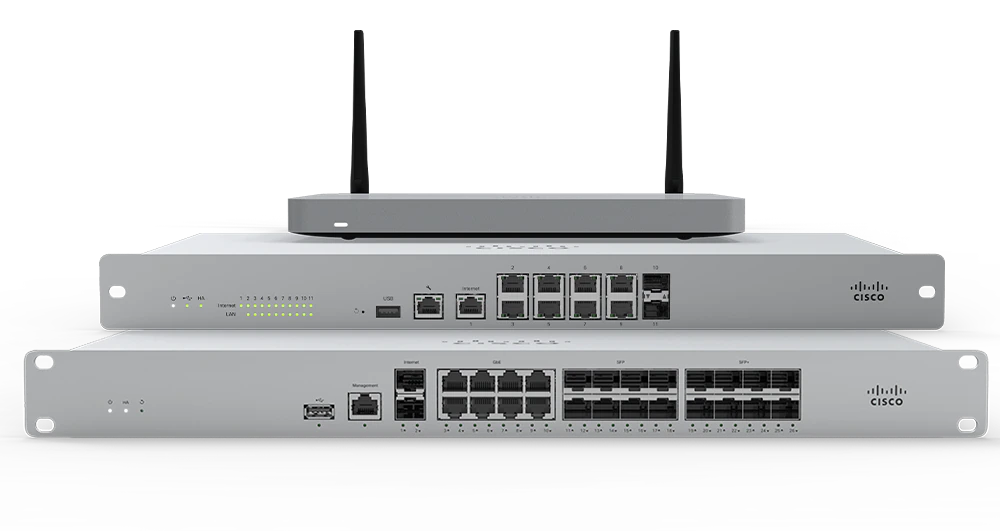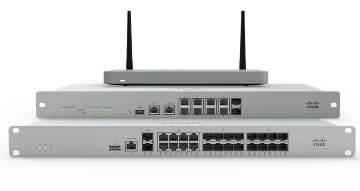Dedicated Business ISP
![]()
99.999%
Dedicated Ethernet
& Fiber Uptime SLA
![]()
2002
Business Services
For 20+ Years
![]()
24-7
Local SF Support &
Proactive Monitoring
We’re the ISP of universities, governments, tech, software, retail, energy and biotech companies, manufacturers, media agencies, healthcare providers, law firms, financial service providers and more.
Get end-to-end managed services with quality outcomes.
Reliable Bay Area
Business Internet
- Managed Fiber Internet
- Dedicated Ethernet & Cloud Direct
- High Speed Business WiFi
- Speeds To 100 Gbps Symmetric
Managed Networks
- Managed Routers, Firewalls & Switches
- MPLS & SD-WAN
- Cisco Meraki Partner & Ubiquiti Certified
- Case Study: WiFi & Cameras
Hosted VoIP
& UCaaS
- Case Study: Remote Work
- Free Calls, Texts, Video Conferencing
- Microsoft Teams Integrations
- Free Yealink or Poly Phone Options
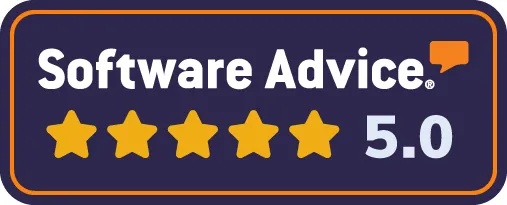
Bay Area Building
& Business ISP
- Unlimited Bandwidth
- Free Install & Hardware
- 24-7 Proactive Monitoring
- Business Bundle Deals
- Case Study: Fiber Internet & VoIP
Fastmetrics ISP FAQs
We are a San Francisco Bay Area based Internet Service Provider (ISP) and Managed Services Provider (MSP). We offer services to businesses and buildings. Since 2002, our focus has been on B2B services & support. We maintain fiber presence throughout various commercial buildings in the Bay Area and Northern California. Our WiFi service is also present in various high rise residential buildings.
Offering completely managed, dedicated building & business services including;
- Dedicated Internet Access (DIA) including fiber Internet and dedicated Ethernet to speeds of 100 Gbps up & down
- Backup circuits, managed wireless and more options, including direct cloud connect
- Managed network services including routers / firewalls / switches, LAN & WAN management, 24-7 proactive monitoring, MPLS and SD-WAN, DNS filtering
- Hosted business voice and UCaaS
- Microsoft Teams voice integrations (Microsoft Partner)
- Cisco Meraki services & support (Cisco Meraki Partner)
Fastmetrics HQ is at 1 Hallidie Plaza #402, San Francisco CA 94102 USA. Many Fastmetrics business customers are located in the San Francisco Bay Area, from San Jose to Napa. Further customers are in Sacramento, Roseville and Solana Beach. We also support multi-office customers in LA, NYC, Chicago, Arizona and Nevada. Fastmetrics managed voice services support users USA wide and remote work worldwide.
Fastmetrics Silicon Valley & Bay Area Internet Service Map

We have a strong presence in the San Francisco Bay Area and Silicon Valley. Our managed services and dedicated fiber Internet is popular with businesses in commercial buildings in San Jose, San Francisco, Palo Alto, Oakland, Mountain View, Fremont, Redwood City, Santa Clara and many more areas;
- San Francisco
- Mountain View
- Fremont
- Redwood City
- Alameda
- Berkeley
- Burlingame
- Cupertino
- Emeryville
- Hayward
- Los Altos
- Sunnyvale
- Menlo Park
- Mill Valley
- Mendocino
- Milpitas
- Napa
- Novato
- Walnut Creek
- Palo Alto
- Petaluma
- Pleasanton
- Richmond
- San Anselmo
- San Bruno
- San Carlos
- San Mateo
- San Rafael
- San Ramon
- Santa Clara
- Santa Rosa
- Saratoga
- Sausalito
- Sonoma
- South San Francisco
- Stanford
- Sunnyvale
- Union City
- Vallejo
- St Helena
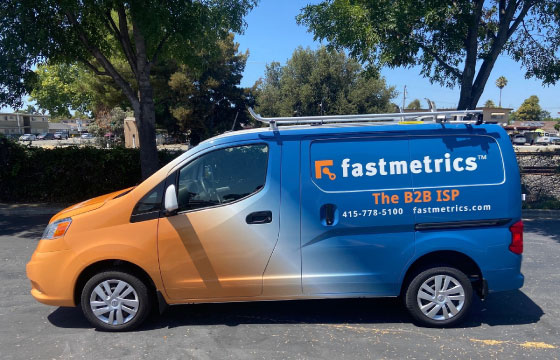
A Fastmetrics service van on the road in the Bay Area
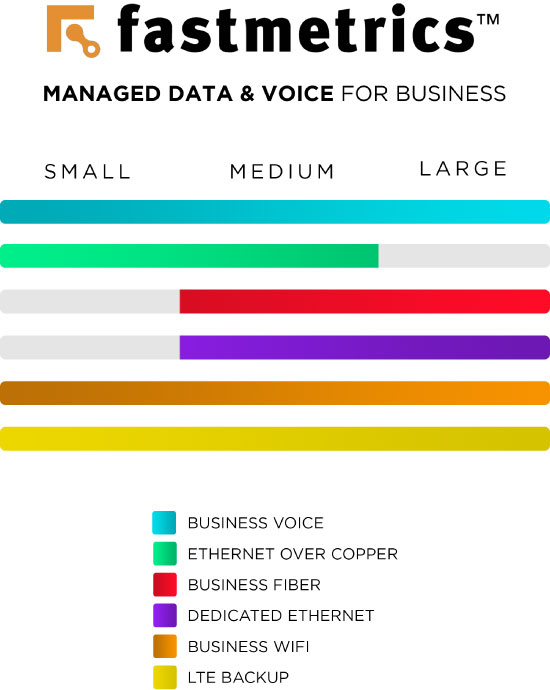
Reliable Business Internet Services:
- Managed high speed fiber internet service from $300 monthly*
- Dedicated Ethernet, business WiFi or Ethernet over Copper (EoC). Pricing may vary by building
- CTF Program discount available for qualified organizations
- 99.999% Ethernet and fiber uptime SLA
- Free service install**
Business Internet Services Include:
- Symmetric up & down speeds where possible
- No sneaky intro pricing. Flat service fees for the life of your contract***
- Locally managed setup & hardware
- Unlimited data & IPs
- 24-7 proactive monitoring
- Live Bay Area tech support
* $300 monthly starting cost for new customers in fiberIVY buildings.
** Free install requires a 3 year term to cover costs.
*** LTE backup service may incur overage charges.
Business Voice & UCaaS:
- Essentials plan from $15 per user
- Free Poly or Yealink phones
- Seamless presence across devices
- All plans include setup & unlimited Bay Area support
- Free calls & video conferencing
- Managed for Quality of Service (QoS)
Managed Services Provider:
Fastmetrics has more than two decades experience providing local Bay Area businesses with reliable managed services. Contact us for a quote.
Included with all services:
- 24 x 7 on-call Network Engineers and Voice Technicians
- Live access to our local San Francisco Support Team
- Circuit monitoring and responsive troubleshooting
- Fast setup and personal customer care
Peering is critical to business Internet performance. Specifically, local peering. Always check whether an ISP peers at an optimal location to reduce latency. Latency impacts basic tasks like uploading images to the more complex, such as VPN or database connections.
When it comes to sending data or packets, latency is crucial for business needs. Lower latency means more efficient Internet performance. Latency can usually be improved in two ways; one is to tweak routing for more direct paths. This is possible with Internet connectivity which has more direct peering near an on-ramp, rather than via a long distance aggregation point. The other way to optimize for lower latency is via local peering. It ensures faster Internet service. Local SF Bay Area Internet Service Providers like Fastmetrics are focussed on optimal peering. This is an afterthought for most nationwide ISPs.
Faster Internet is determined by an Internet Service Provider's regional interconnection. Today, efficient connections to cloud based services are critical. Fastmetrics peers directly with Google and Amazon (plus others) to ensure the shortest, most direct paths.
To reduce Internet bottlenecks, we recommend a traceroute command. This is a simple check. See if your ISP has connectivity with minimal hops to your target destinations, like cloud based CRMs, AWS, Azure or other cloud platforms.
This was originally published by Fastmetrics CEO, Andreas Glocker on Linkedin.
Fastmetrics LLC has a proven history as a Bay Area ISP. In 1994, Fastmetrics CEO Andreas Glocker established Sirius Connections. Sirius was one of the first Bay Area Internet Service Providers, growing to 15,000 subscribers. Fastmetrics was founded in 2002, focusing on connectivity, hosted business VoIP and managed services, for critical business needs. Fastmetrics dedicated services, expertise, customer care and local live support, has grown a loyal base of business customers.
See what San Jose Earthquakes Chief Strategy Officer, Ian Anderson has to say about Fastmetrics dedicated fiber Internet service;
13 reasons why businesses choose Fastmetrics;
- Competitive rates. Price matching available - compare ISP quotes
- Fiber and dedicated Ethernet with 99.999% uptime, SLA backed
- Low or zero installation costs. Hardware & loop fees included
- Local Bay Area peering and IP transit
- Lower latency than AT&T and Comcast in the Bay Area (traffic does not detour to remote data centers)
- Live San Francisco support. On call techs and network engineers for site visits
- End-to-end service delivery from install to proactive network monitoring
- Complete solutions (Internet connectivity / WiFi, business VoIP, managed services, network management) for ‘one-stop’ service
- VoIP services which never travel over public Internet
- Expertly managed routers / firewalls, LANs, WANs, WiFi networks and switches
- Free Yealink or poly phones, webphones and apps, with all metricVOICE plans
- Free local calls with ALL voice plans
- Direct connect to AWS, Azure, Google Cloud, Salesforce or your cloud infrastructure. Save to 49% on AWS egress and 66% on Azure egress
Since 2002, we have helped thousands of San Francisco Bay Area and USA businesses and buildings. Some happy customers include;
































Get business service; sales@fastmetrics.com or call; 800-724-7100.
Fastmetrics ISP Reviews
Fastmetrics service and live support reviews;
5 out of 5 based on 49 ratings. 49 user reviews.
